The best oil for cooking steak is avocado oil with its 520°F (271°C) smoke point, which creates perfect searing without bitter compounds. This guide reveals exactly which oils work best for different steak cooking stages, how long to marinate, and practical spice storage tips that actually work - all based on food science research.
Table of Contents
- Hack #1: Choose the Right Oil for Each Steak Cooking Stage
- Hack #2: The Perfect Marination Timing for Maximum Flavor
- Hack #3: Dry Rub Application That Actually Sticks
- Hack #4: Keep Spices Fresh Twice as Long
- Hack #5: Tell If Your Cooking Oil Has Gone Bad (Before It Ruins Your Steak)
- Conclusion: Restaurant-Quality Steak at Home
- Frequently Asked Questions
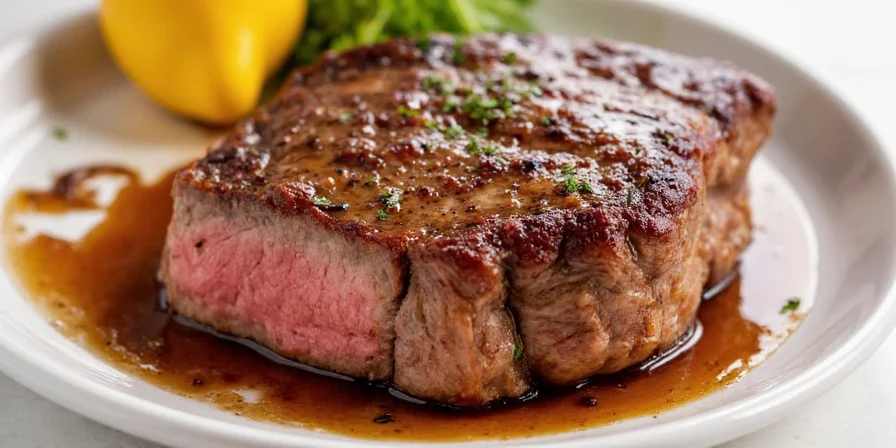
Hack #1: Choose the Right Oil for Each Steak Cooking Stage
Forget what you've heard about olive oil for steak - the wrong oil creates bitter flavors and prevents that perfect sear. Your oil choice should match the cooking temperature to maximize flavor while avoiding smoke and burnt tastes.
| Oil Type | Smoke Point | Best For |
|---|---|---|
| Avocado Oil | 520°F (271°C) | High-heat searing (first 2 minutes) |
| Canola Oil | 400°F (204°C) | Medium-heat cooking |
| Coconut Oil | 350°F (177°C) | Finishing touches |
| Olive Oil (Extra Virgin) | 320–375°F (160–190°C) | After cooking only |
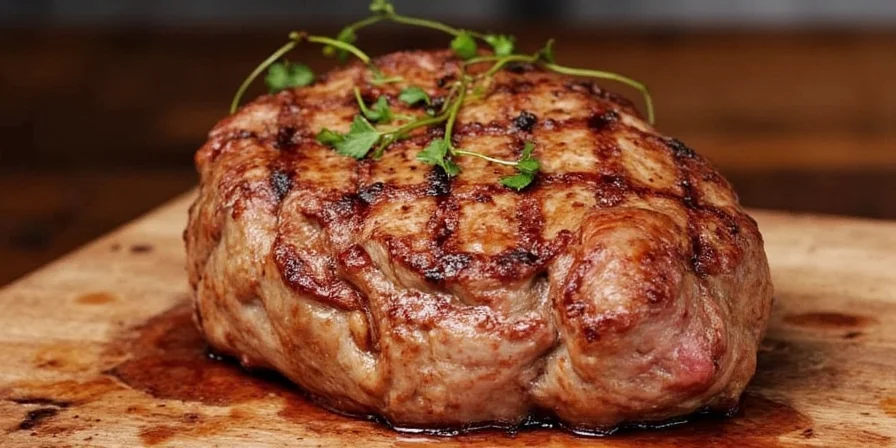
Pro Tip: Use avocado oil for the initial sear (first 2 minutes when temperature is highest), then switch to canola if continuing to cook. Olive oil added after cooking boosts flavor without burning.
Hack #2: The Perfect Marination Timing for Maximum Flavor
Most home cooks marinate too long, which ruins texture. Science shows optimal flavor penetration happens in just 45-75 minutes for standard steak thickness.
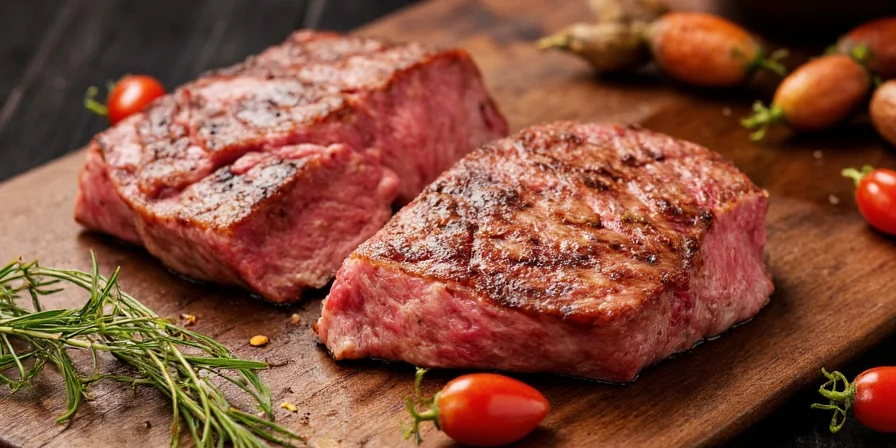
- Acid rule: Keep vinegar or citrus juice under 8% of marinade to avoid mushy texture
- Timing rule: 45-75 minutes for 1-1.5 inch thick steaks (thicker cuts need longer)
- Salt timing: Apply salt 15 minutes before cooking for best crust formation
- Avoid: Pineapple or papaya in marinade for more than 30 minutes (enzymes make meat mushy)
Hack #3: Dry Rub Application That Actually Sticks
Most dry rubs fall off during cooking. The secret? Apply the rub when the steak is slightly damp, then wait 20 minutes before cooking.
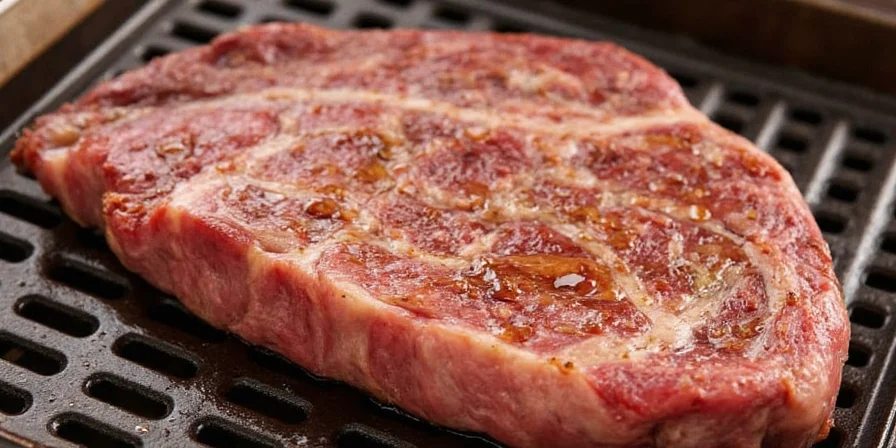
Simple dry rub that works every time:
- 2 tbsp paprika
- 1 tbsp brown sugar
- 1 tsp garlic powder
- 1 tsp onion powder
- ½ tsp freshly cracked black pepper
Pat steak dry, then apply a light coat of oil before adding the rub. Wait 20 minutes - this lets the rub adhere properly without creating a paste that burns.
Hack #4: Keep Spices Fresh Twice as Long
Your spices lose flavor faster than you think. Store them properly and they'll stay fresh for years, not months.

Simple Spice Storage Rules:
- Store in dark glass containers (not clear plastic)
- Keep in cool place (below 70°F/21°C)
- Add silica packets to absorb moisture
- Label with purchase date
| Spice Type | How Long It Stays Fresh |
|---|---|
| Ground Spices | 2 years |
| Whole Spices | 4 years |
| Dried Herbs | 3 years |
Hack #5: Tell If Your Cooking Oil Has Gone Bad (Before It Ruins Your Steak)
Rancid oil ruins steak flavor but often you can't smell it until it's too late. Here's how to check before cooking:
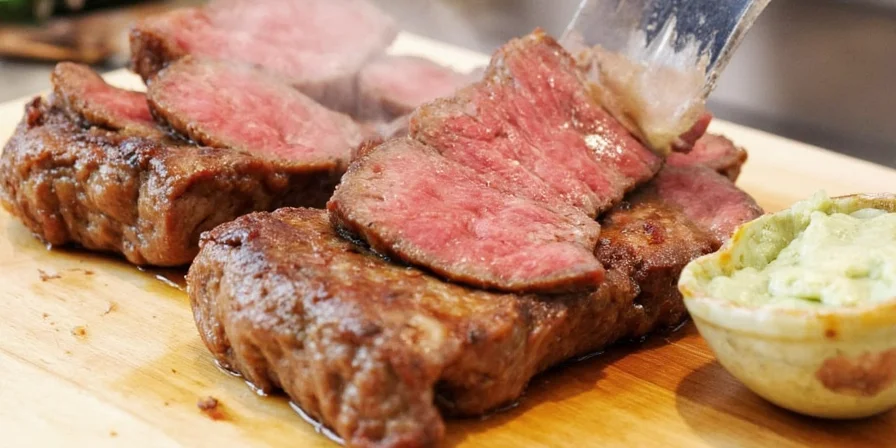
Quick Oil Freshness Test:
- Look: Fresh oil is clear, rancid oil looks yellowed
- Smell: Rancid oil has a stale, crayon-like odor
- Feel: Rancid oil feels thicker when rubbed between fingers
| Oil Type | How Long It Stays Fresh (Opened) |
|---|---|
| Avocado Oil | 6 months |
| Olive Oil | 9 months |
| Canola Oil | 12 months |
| Coconut Oil | 18 months |
Conclusion: Restaurant-Quality Steak at Home
With these simple, science-backed techniques, you'll consistently achieve restaurant-quality results. The key is using avocado oil for searing, proper marination timing, and keeping your spices fresh. These methods work because they're based on how heat, oil, and spices actually interact with meat - not just kitchen folklore. Start with avocado oil for your next steak and notice the difference immediately.
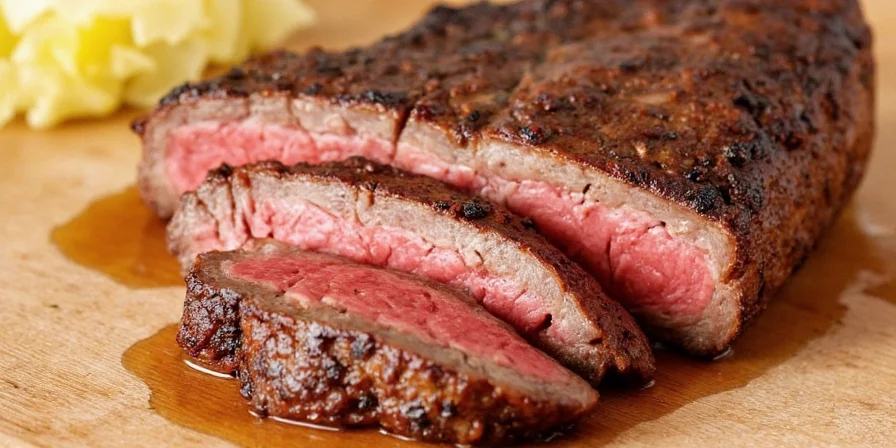
Frequently Asked Questions
What's the best oil for cooking steak in a cast iron skillet?
Avocado oil is best for cast iron steak cooking because of its high 520°F smoke point. This prevents smoking and bitter flavors while creating the perfect sear. Use about 1 tablespoon for a standard 1-1.5 inch thick steak.
Can I use olive oil for searing steak?
Only use olive oil after cooking your steak. Its low smoke point (320-375°F) means it burns during high-heat searing, creating bitter flavors. Save your good olive oil for drizzling on the finished steak.
How long should I marinate steak for the best results?
For most home cooks, 45-75 minutes is perfect for 1-1.5 inch thick steaks. Marinating longer than 2 hours can make the surface mushy, especially with acidic marinades. Always remove steaks from the marinade 15 minutes before cooking to reach room temperature.
Why does my steak rub always fall off during cooking?
Rub falls off because the steak surface is too dry. Pat steak dry, apply a light coat of oil, then add the rub. Wait 20 minutes before cooking - this gives the rub time to adhere properly. Avoid pressing the rub in too hard, which can create a paste that burns.

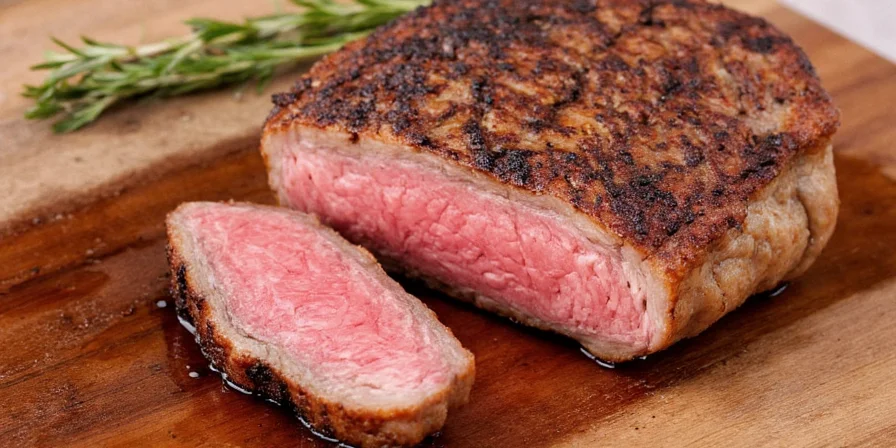









 浙公网安备
33010002000092号
浙公网安备
33010002000092号 浙B2-20120091-4
浙B2-20120091-4